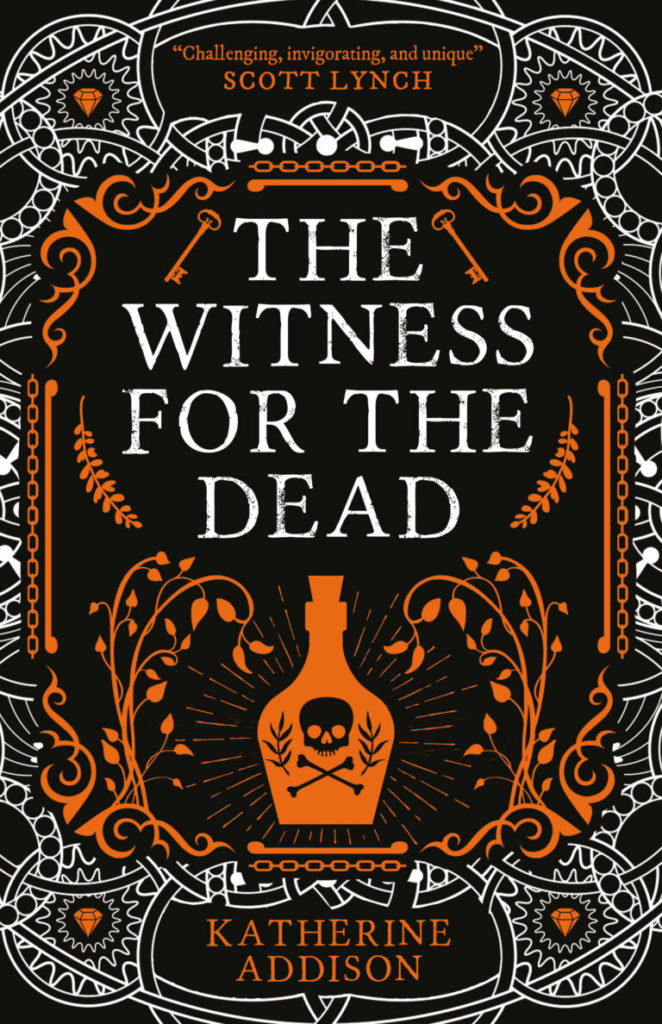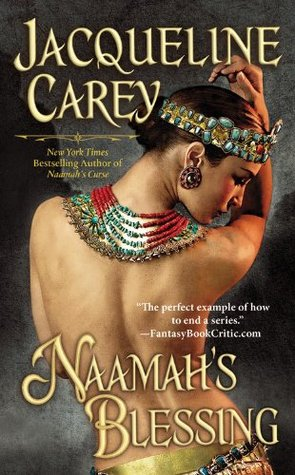

The novel does revolve around the injustice of the world’s homophobia, but it does so from a considerable and tactful distance.

This is a world rife with sexism and racism, but these issues are much less in the narrative focus than in The Goblin Emperor. However, The Witness for the Dead doesn’t quite go in either of those directions, which is a choice I found myself thinking about a lot. It’s become laudably common, in pseudo-historical fantasy, to present societies either delightfully lacking in bigotry or constructed to sharply challenge problematic conventions it’s a move that has opened up more traditional forms of fantasy to the kind of societal critiques usually restricted to future settings. The novel is loosely structured around one over-arching case-the mysterious murder of an opera singer-with many sidesteps and excursions as Thara is entangled with other affairs and cases The Witness for the Dead feels subtly but deeply informed by Doyle’s Sherlock Holmes mysteries, which Addison also drew on more overtly for her 2020 novel The Angel of the Crows. Recently relocated to the city of Amalo, Thara is trying to move on from his past, quietly working as the city’s only Witness for the Dead-a surprisingly organic mixture of priest, bureaucrat, and consulting detective, with an occasional bit of monster hunting thrown in. It’s also refreshing to read a high fantasy-this is a world of magic, elves, and emperors, although technologically the world is moving into more of a steampunk industrial stage-that isn’t about saving the world.Ī standalone sequel to Addison’s 2014 The Goblin Emperor, the novel follows Thara Celehar, a minor character from the first novel. Quietly and carefully paced to allow its best elements to shine, anchored with a compelling and wonderfully-drawn main character, The Witness for the Dead is a masterful confluence of elements, as comforting and human as it is fantastic and, occasionally, dark.

Like so many nascent sub-genres, though, the term is mostly inspired by the excellence of a few key authors, and I found my skepticism hard to remember while reading Katherine Addison’s latest. Not of its goals, but of its existence as a movement: despite many jubilant explanations of the term, it never seems to quite cohere as a genre or even an aesthetic, as critics have pointed out. Hopepunk is a genre I’m occasionally skeptical of.


 0 kommentar(er)
0 kommentar(er)
